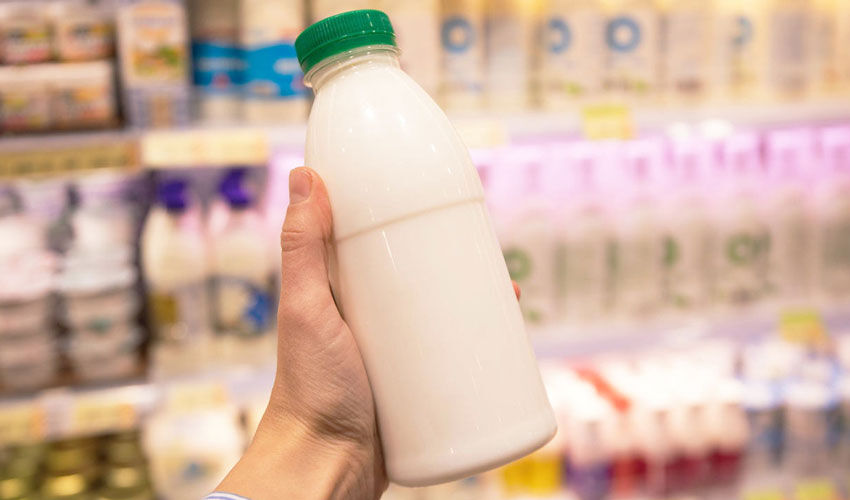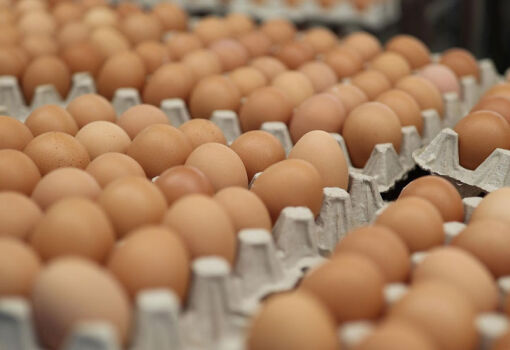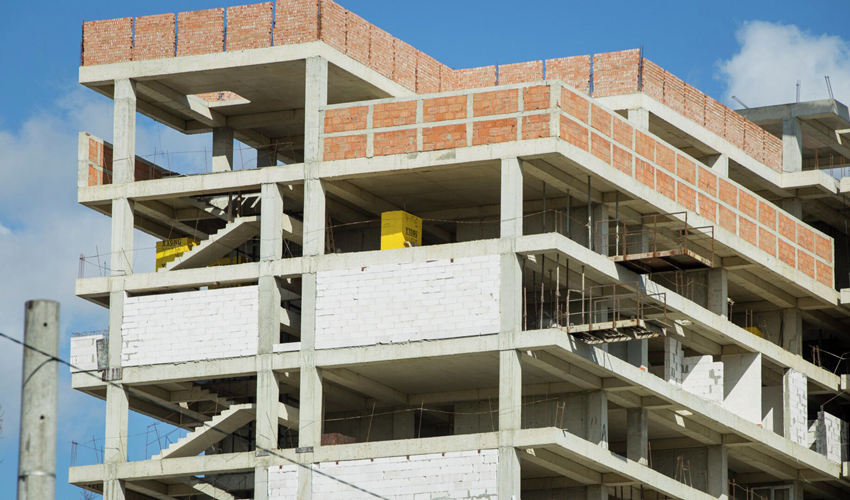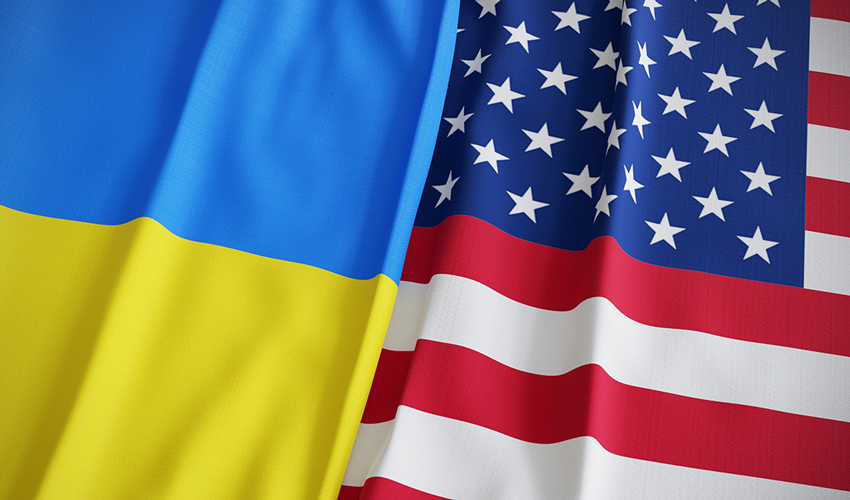
Since the beginning of autumn, the demand for dairy products traditionally increases. This is connected with the resumption of work of catering facilities in educational and training institutions, as well as with the end of the active vacation period and the activation of HoReCa activity within Moldova. At the same time, as the weather gets colder, the supply of dairy raw materials by farms decreases. Usually, these two factors trigger the mechanism of seasonal increase in raw milk prices – and in a chain, sometimes – the price of dairy products.
However, in the previous two years there was no seasonal increase of raw milk purchase prices in Moldova in the form of a mass campaign. Dairy market operators believe that this fall there is a high chance for the resumption of seasonal cycles of price correction. However, Moldovan dairy producers are still short of raw milk.
Resources of marketable raw milk in Moldova have significantly decreased over the last decade. The number of dairy cows decreased from 130 thousand to 61 thousand (-53%), milk production – from 486 thousand tons to 233 thousand tons (-52%).
Currently, there are 244 industrial commercial cattle farms authorized by the National Food Safety Agency ANSA (ansa.gov.md, section “animal health and welfare”). According to the assessment of the National Patronage Association of Milk and Dairy Products Producers Lapte, the corporate segment of dairy farming has shown remarkable progress in the last few years: both the number of cows, their productivity and milk production have increased in industrial farms. However, these farms account for only 22% of the total raw milk supply to factories. Alas, this is still too little to compensate for the decrease in production in the so-called individual sector – small peasant farms and households (-61%).
As a consequence, Moldova is still highly dependent on imports of dairy raw materials. Most of it is imported into the country without paying customs duties, under the bilateral interstate agreement between Moldova and Ukraine, as well as within the DCFTA. Thus, in the period of 2022-24, imports of raw milk to the Moldovan market from Ukraine amounted to about 30 thousand tons per year. The annual duty-free Euro quota for milk supplies from the EU to Moldova is 5 thousand tons.
Moldovan farmers may well redistribute in their favor this very significant segment of the domestic raw milk market. But, of course, if they prove to be able to offer local processors high quality raw milk at a competitive price.
There are prerequisites for this. The Moldovan dairy farming sector has been stimulated over the past few years by subsidies, including subsidies for each kilogram of milk delivered by authorized farms to dairy factories. The World Bank-funded AGGRI Project “Investments for Governance, Growth and Sustainability in Agriculture”, which contains a grant component (up to 50% of the investment amount), is aimed at industry operators.
In addition, in the context of increasing the efficiency of Moldovan industrial dairy farms, the Lapte association’s activists have high hopes for the activities of the Holstein cow improvement and reproduction societies. At the moment, four such societies (IM Milstream Dairy SRL, Holstein SRl, SC Doksancom SRL, Geximsud SRL) are in the final stage of recognition by ANSA.













